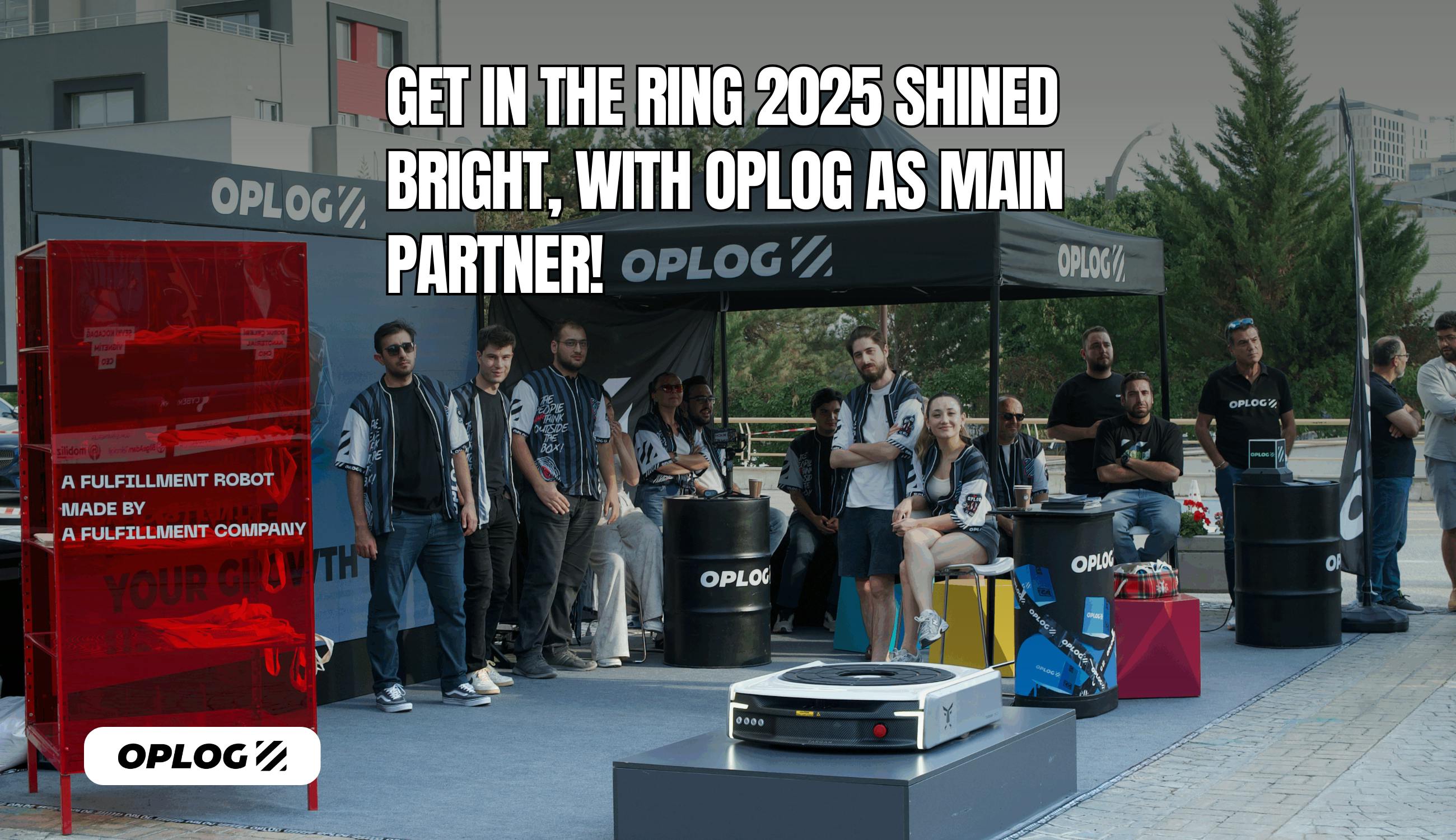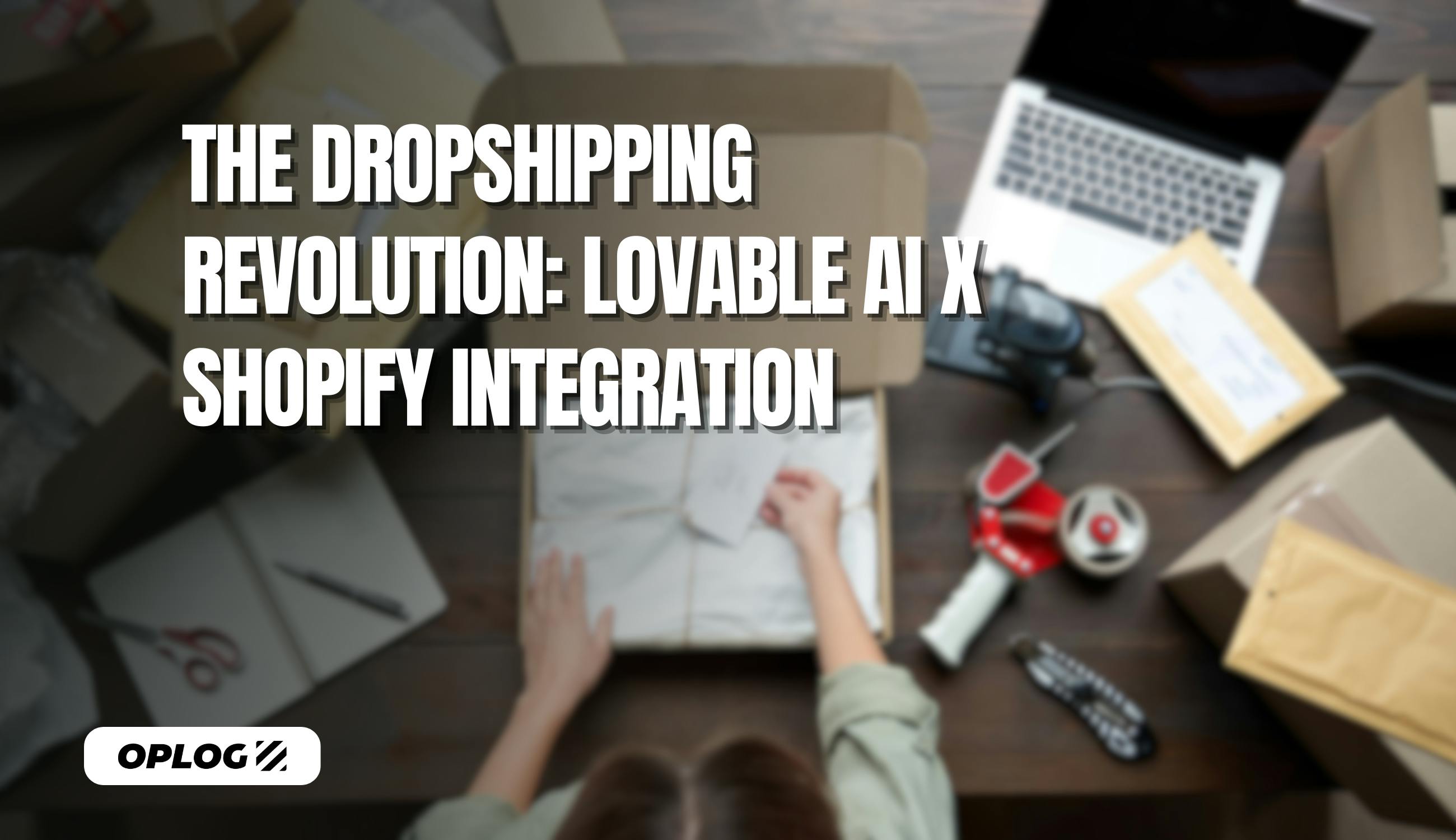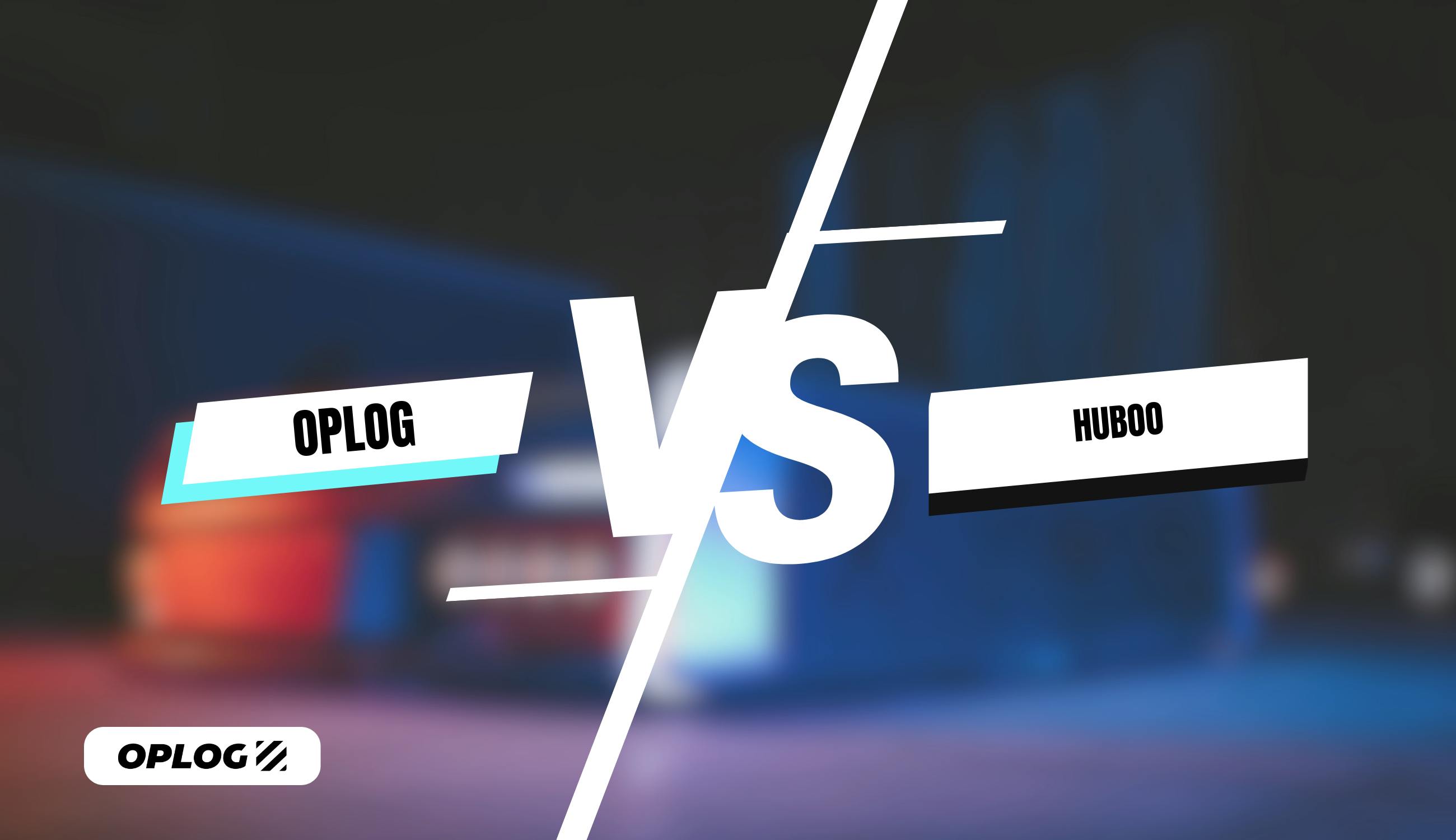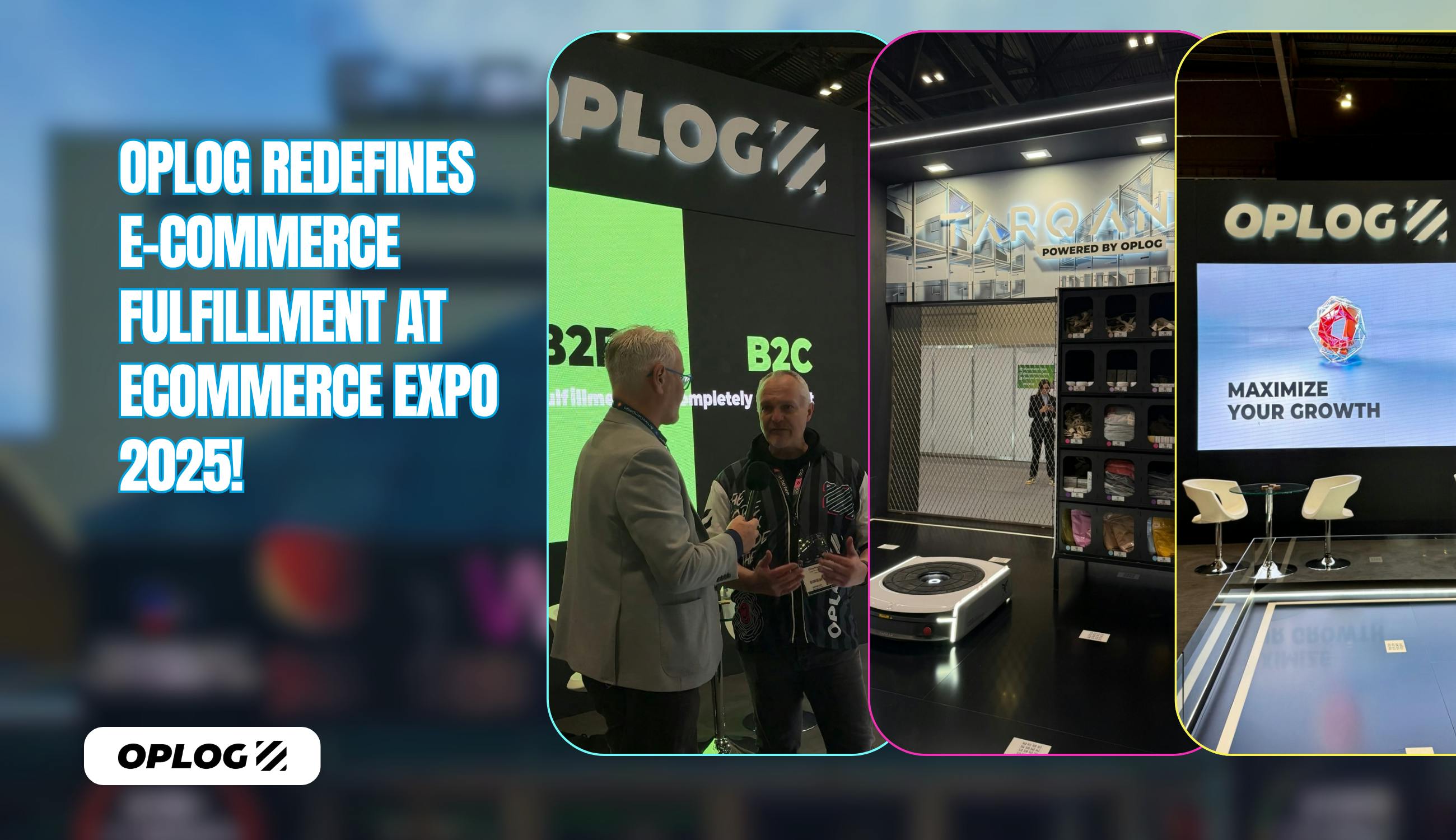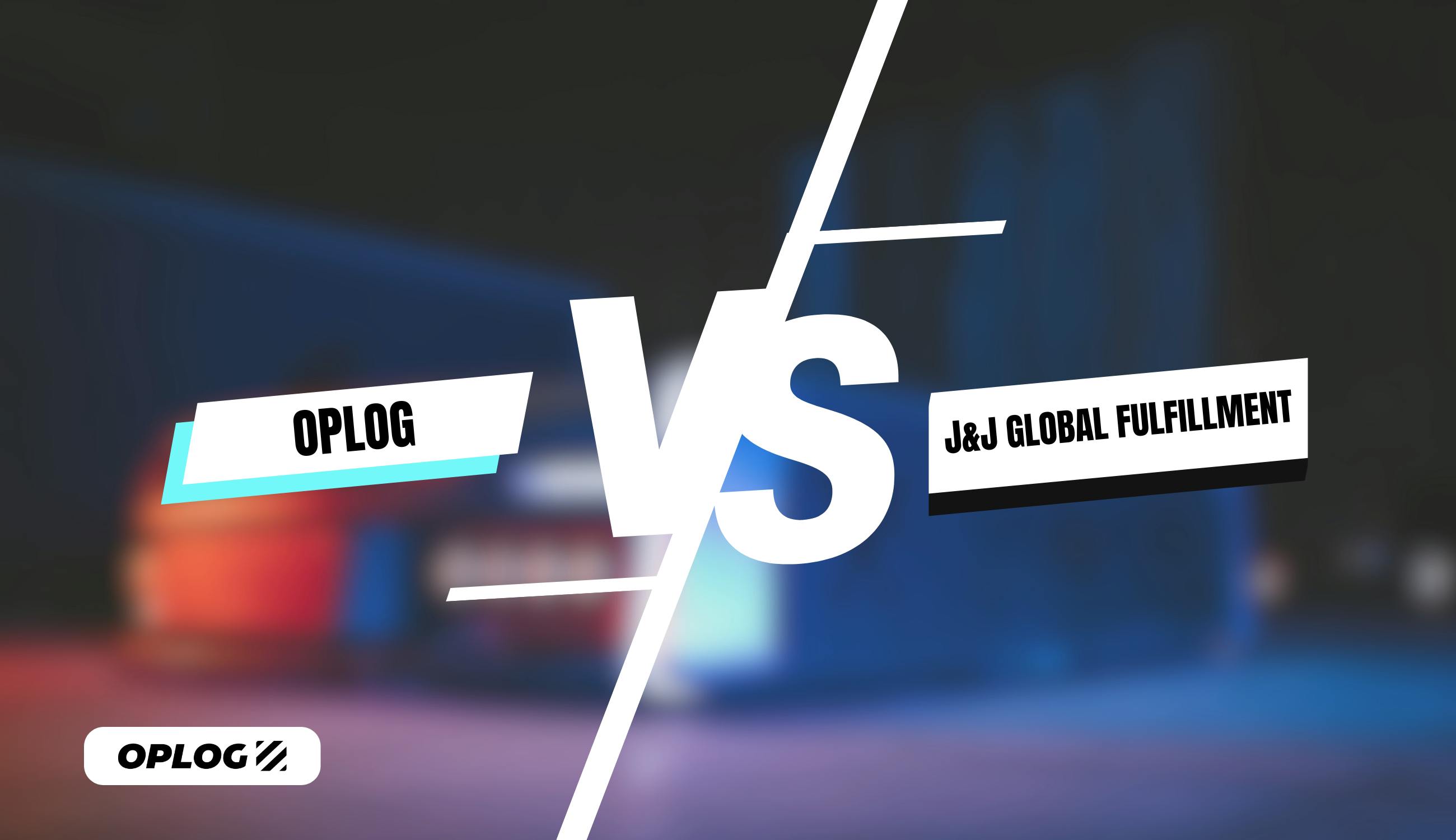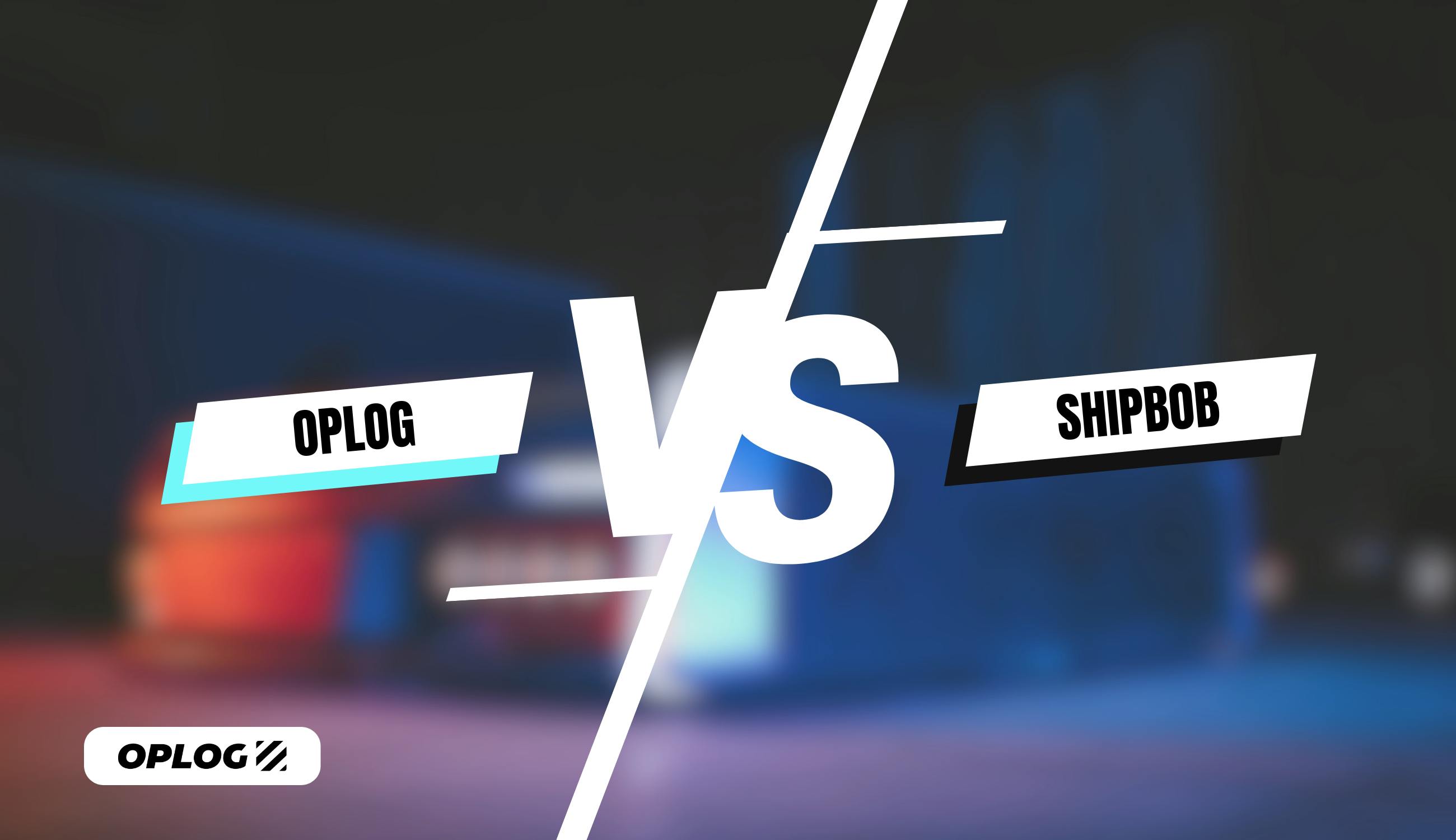In the rapidly evolving world of e-commerce, success extends far beyond having great products. While consumer-facing businesses have mastered the art of direct-to-consumer fulfillment, the B2B e-commerce landscape presents entirely different challenges. From managing bulk purchase orders and palletized shipments to seamlessly integrating with complex ERP systems, B2B fulfillment demands specialized expertise and advanced technological infrastructure that most companies struggle to implement effectively.
The stakes are higher in B2B transactions—orders are typically larger, relationships are longer-term, and the margin for error is virtually non-existent. According to recent industry data, B2B e-commerce is projected to reach $25.65 trillion by 2028, making efficient fulfillment operations not just an operational necessity, but a competitive differentiator.
Understanding B2B E-commerce Fulfillment
B2B e-commerce fulfillment encompasses the complete process of receiving, processing, picking, packing, and shipping products to business customers. Unlike B2C fulfillment, which focuses on individual consumer orders, B2B operations handle complex, high-volume workflows that require specialized infrastructure and processes.
The Critical Differences: B2B vs B2C Fulfillment
Understanding these fundamental differences is crucial for developing an effective B2B fulfillment strategy:
Order Volume and Complexity
- B2B orders typically involve bulk purchasing with orders processed at the pallet level
- Purchase orders (POs) require detailed documentation, approval workflows, and compliance verification
- Long-term contracts often specify exact delivery windows, packaging requirements, and quality standards
- B2C orders are smaller, more frequent, and processed through simplified checkout systems
Packaging and Shipping Requirements
- B2B fulfillment prioritizes functional, durable packaging designed for bulk transportation
- Palletized shipments require specialized handling equipment and freight carriers
- Custom labeling, barcoding, and documentation must meet specific client requirements
- B2C packaging focuses on brand experience and individual consumer appeal
Integration and Technology Needs
- B2B operations require seamless integration with client ERP systems for real-time data exchange
- API connectivity enables automated order processing, inventory updates, and shipment tracking
- Electronic Data Interchange (EDI) systems facilitate standardized document exchange
- B2C systems typically integrate with e-commerce platforms and consumer-facing interfaces
Lead Times and Predictability
- B2B customers expect longer lead times but demand absolute reliability and accuracy
- Recurring orders require consistent quality and delivery performance
- Seasonal fluctuations are often predictable and contractually defined
- B2C customers expect rapid fulfillment with flexible delivery options
Common B2B Fulfillment Challenges
1. Managing Large SKU Catalogs
B2B businesses often maintain extensive product catalogs with thousands of SKUs across multiple categories. This complexity creates significant challenges:
- Inventory Accuracy: Maintaining precise stock levels across large catalogs requires sophisticated warehouse management systems
- Slotting Optimization: Strategic placement of high-velocity items to minimize picking time
- Demand Forecasting: Predicting requirements across diverse product lines and customer segments
2. ERP Integration Complexity
Modern B2B fulfillment depends on seamless integration with enterprise resource planning systems:
- Real-time Data Synchronization: Ensuring inventory levels, order status, and shipping information are instantly updated across all systems
- Multiple System Compatibility: Supporting various ERP platforms (SAP, Oracle, Microsoft Dynamics) with different data formats
- Error Handling: Robust mechanisms to manage data discrepancies and system failures
3. Recurring Order Accuracy
B2B customers often place similar orders repeatedly, making accuracy paramount:
- Automated Reorder Processing: Systems that recognize patterns and streamline repeat orders
- Quality Assurance: Multi-level verification processes to ensure consistent accuracy
- Exception Management: Handling variations in recurring orders without disrupting established workflows
4. Specialized Packaging Requirements
Different industries and customers require specific packaging solutions:
- Custom Kitting: Combining multiple items into customer-specific configurations
- Compliance Packaging: Meeting industry-specific regulations (pharmaceuticals, food safety, hazardous materials)
- Sustainable Solutions: Balancing protection with environmental responsibility
OPLOG's B2B E-commerce Fulfillment Solutions
At OPLOG, we understand that B2B e-commerce fulfillment demands a fundamentally different approach than B2C operations. Our comprehensive solution addresses every aspect of B2B fulfillment complexity while providing the scalability and reliability that modern businesses require.
Advanced Pallet Handling Infrastructure
Dedicated Pallet Rack Systems
- High-density storage solutions optimized for pallet-level operations
- Forklift-accessible configurations with multi-level picking zones
- Climate-controlled environments for sensitive products
- Automated inventory tracking at the pallet level
Efficient Material Handling
- State-of-the-art forklifts and pallet jacks for safe, efficient movement
- Specialized equipment for oversized and heavy products
- Automated conveyor systems for high-volume operations
- Real-time location tracking for all palletized inventory
Flexible Batch Picking Strategies
Optimized Picking Routes
- Algorithm-driven route optimization significantly reducing picker travel time and improving warehouse efficiency
- Zone-based picking strategies for large warehouse operations
- Wave planning that aligns picking schedules with shipping requirements
- Pick-to-light and voice-picking technologies for enhanced accuracy
Multi-Order Processing
- Batch picking capabilities for orders containing similar SKUs
- Cluster picking for high-volume, multi-line orders
- Automated sorting systems for efficient order consolidation
- Quality control checkpoints throughout the picking process
Robust API and Integration Platform
Enterprise-Grade API Infrastructure
- RESTful APIs supporting real-time data exchange
- Webhook notifications for instant order status updates
- Comprehensive developer documentation and sandbox environments
- Rate limiting and security protocols for reliable operation
ERP Integration Capabilities
- Pre-built connectors for major ERP systems (SAP, Oracle, Microsoft Dynamics)
- Custom integration services for proprietary systems
- Automated data mapping and transformation
- Comprehensive error handling and retry mechanisms
Custom Kitting and Assembly Services
Flexible Kitting Operations
- Multi-component assembly and packaging
- Custom labeling and branding options
- Quality control for all assembled products
- Scalable operations for varying demand levels
Value-Added Services
- Product customization and configuration
- Repackaging and relabeling services
- Return processing and refurbishment
- Compliance testing and certification
Best Practices for B2B Fulfillment Success
1. Implement Strategic Batch Picking
Industry research demonstrates that batch picking strategies can double throughput rates compared to single-order picking methods while reducing fulfillment costs.Key implementation strategies include:
Optimal Batch Sizing
- Group 8-20 similar orders for maximum efficiency
- Consider product weight, size, and picking complexity
- Balance batch size with order urgency requirements
- Monitor performance metrics to refine batch parameters
Technology Integration
- Warehouse Management System (WMS) integration for intelligent batching
- Mobile picking devices with barcode scanning capabilities
- Real-time inventory visibility across all batch operations
- Automated batch release based on shipping schedules
2. Master ERP Integration
Successful B2B fulfillment depends on seamless ERP integration:
Integration Architecture
- API-first design for maximum flexibility
- Real-time data synchronization across all touchpoints
- Comprehensive error handling and data validation
- Audit trails for compliance and troubleshooting
Performance Optimization
- Caching strategies for frequently accessed data
- Batch processing for large data sets
- Load balancing for high-volume operations
- Monitoring and alerting for system health
3. Optimize for Recurring Orders
B2B customers often repeat orders, creating opportunities for optimization:
Automated Processing
- Template-based reordering systems
- Predictive inventory management
- Automated quality checks for recurring orders
- Exception handling for variations in standard orders
Customer-Specific Configurations
- Customizable packaging and labeling
- Preferred shipping methods and schedules
- Specialized handling requirements
- Branded materials and documentation
4. Focus on Accuracy and Quality
B2B customers have zero tolerance for errors:
Multi-Level Verification
- Automated weight and dimension checking
- Barcode verification at each process step
- Photographic documentation for complex orders
- Final quality inspection before shipping
Continuous Improvement
- Regular accuracy audits and performance reviews
- Root cause analysis for any errors
- Employee training and certification programs
- Technology upgrades and process refinements
Technology Trends Shaping B2B Fulfillment
Artificial Intelligence and Machine Learning
Predictive Analytics
- Demand forecasting based on historical patterns and market trends
- Inventory optimization algorithms
- Automated replenishment systems
- Customer behavior prediction for proactive service
Process Automation
- Intelligent order routing and prioritization
- Automated quality control using computer vision
- Predictive maintenance for warehouse equipment
- Dynamic pricing and capacity planning
Internet of Things (IoT) and Real-Time Tracking
Smart Warehouse Solutions
- RFID and sensor-based inventory tracking
- Real-time location systems for assets and personnel
- Environmental monitoring for sensitive products
- Automated data collection and analytics
Enhanced Visibility
- End-to-end shipment tracking
- Proactive exception notifications
- Real-time dashboard reporting
- Mobile accessibility for stakeholders
Robotics and Automation
Warehouse Automation
- Autonomous mobile robots (AMRs) for material transport
- Automated storage and retrieval systems (AS/RS)
- Robotic picking and packing systems
- Automated sorting and consolidation
Human-Robot Collaboration
- Collaborative robots (cobots) augmenting human capabilities
- Voice-directed picking systems
- Augmented reality for complex assembly tasks
- Ergonomic improvements reducing workplace injuries
Measuring B2B Fulfillment Performance
Key Performance Indicators (KPIs)
Operational Metrics
- Order accuracy rate (target: 99.5%+)
- On-time delivery performance (target: 98%+)
- Cost per order processed
- Inventory turnover rates
- Pick rates per hour
Customer Satisfaction Metrics
- Net Promoter Score (NPS)
- Customer retention rates
- Order lead times
- Complaint resolution time
- Return rates
Financial Performance
- Revenue per square foot
- Labor cost as percentage of revenue
- Inventory carrying costs
- Technology ROI
- Customer lifetime value
Continuous Improvement Framework
Data-Driven Decision Making
- Regular performance reviews and benchmarking
- Root cause analysis for performance gaps
- A/B testing for process improvements
- Predictive modeling for capacity planning
Technology Evolution
- Regular system upgrades and maintenance
- Integration of emerging technologies
- Training and development programs
- Innovation partnerships and collaborations
The Future of B2B Fulfillment
Sustainability and Environmental Responsibility
Green Logistics Initiatives
- Packaging optimization and waste reduction
- Energy-efficient warehouse operations
- Carbon footprint tracking and reduction
- Sustainable transportation options
Circular Economy Principles
- Reverse logistics optimization
- Product lifecycle management
- Recycling and refurbishment programs
- Supplier sustainability requirements
Omnichannel B2B Experiences
Multi-Channel Integration
- Unified inventory across all channels
- Consistent customer experience online and offline
- Flexible fulfillment options (ship-to-store, direct delivery)
- Cross-channel analytics and insights
Digital Transformation
- Cloud-based infrastructure for scalability
- Mobile-first customer interfaces
- Self-service capabilities for customers
- Advanced analytics and reporting
Conclusion: Transforming B2B Fulfillment with OPLOG
The complexity of B2B e-commerce fulfillment demands more than traditional logistics approaches. Success requires specialized infrastructure, advanced technology, and deep operational expertise that most companies cannot develop internally.
OPLOG's comprehensive B2B fulfillment solution addresses these challenges through our advanced infrastructure—including dedicated pallet racks, flexible batch picking, and custom kitting services—ensuring efficiency and accuracy across complex, high-volume workflows. Our powerful API and scalable technology enable brands to effortlessly maintain inventory visibility, streamline recurring orders, and deliver tailored experiences to their B2B customers.
From managing large purchase orders and handling palletized shipments to integrating seamlessly with ERP systems, OPLOG empowers B2B businesses with robust fulfillment solutions that scale with growth and adapt to changing market demands.
The future of B2B fulfillment belongs to companies that can successfully blend operational excellence with technological innovation. At OPLOG, we're committed to being your trusted partner in this transformation, providing the infrastructure, expertise, and solutions necessary to thrive in the competitive B2B e-commerce landscape.
This section could include a customer success story showcasing how OPLOG's B2B fulfillment solutions helped a client achieve significant improvements in efficiency, accuracy, and customer satisfaction. For example, a case study demonstrating 40% reduction in fulfillment costs and 99.8% accuracy rates.

